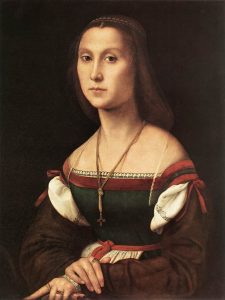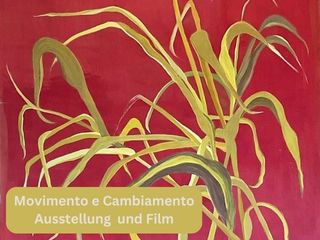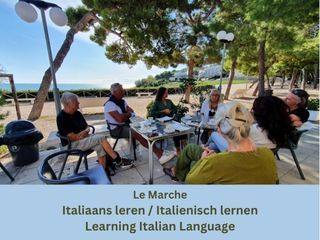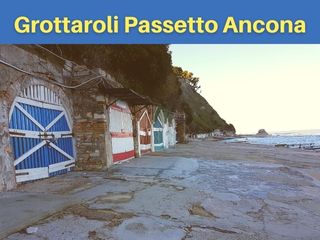 One of the most famous characters in our region is definitely the painter and architect Raphael, from Urbino. He was one of the main Renaissance artists in Italy: a real reason to brag for Urbino. One of his most famous paintings, La Muta (the mute woman) is the protagonist of a mystery thriller by Leslie Forbes, Waking Raphael.
One of the most famous characters in our region is definitely the painter and architect Raphael, from Urbino. He was one of the main Renaissance artists in Italy: a real reason to brag for Urbino. One of his most famous paintings, La Muta (the mute woman) is the protagonist of a mystery thriller by Leslie Forbes, Waking Raphael.
An art restorer, Charlotte Penton, supervises the works on the enigmatic painting, that turns out to be not as ancient as it would seem. Renovating this masterpiece is materially, but also morally complex. With a shocking act of violence, forgotten war crimes, paranormal anecdotes and many more, the Canadian author brings you into a deeply intelligent novel.
Since the painting is kept at the National Gallery of Le Marche, in Urbino, also this idyllic city plays an important role in it. And which better words than an author’s one, can described this beautiful city?
They had reached the paved road leading to Urbino. With Relief, Charlotte turned her thoughts […] up towards the Ducal Palace’s high battlements. “…if there is a room for the sows to roll” the voice beside her persisted. Camelot, thought Charlotte. It was a title Urbino had almost deserved, certainly between 1450 and 1508, when the mountainous duchy was ruled by its own Arthur, the warrior-prince Federigo da Montefeltro.[…] Among his other commendable enterprises he had built on the rugged site of Urbino ‘ a palce which many believe to be the most beautiful in Italy; furnishing it so well and appropriately that it seemed more like a city than a mere palace”. Certainly at this distance it was impossible to tell wehre castle stopped and city began, while during Federigo’s time Urbino had outshone every European city in art, courtly life and devotion to the New Learning.
[page 62]
“No matter where you walk in Urbino, the centre is elusive”. Charlotte could understand how a Canadian could feel lost in this place, without the grid of streets that defined so many North American cities. In some of the bigger places like Rome and Milan you got those same long straight avenues, of course, clear lines of perspective, but towns like Urbino had been built as defendable positions, not celebrations of Empire, and soldiers built on hills, at the top of the cliffs. By rights the Piazza Repubblica should feel like Urbino’s core, Charlotte knew, with its central position between the two hills that had given the city its ancient name of Urbs Bina or ‘double town’: yet the piazza seemed more like a forgotten suburban square on the edge of a much greater city. Displaced, perhaps, because of the way in which geography had cut the piazza into a cheese wedge gnawed at the edges by traffic, or because of the more imposing Piazza Duca Federigo nearby, setting for the Ducal Palace, the Duomo and the church of San Domenico. Everywhere in Italy Charlotte had observed this tension between the modern republican state and a longer tradition of family ties, tribalism, religion. A passeggiata spiralling round and round a single idea: that’s how she saw it. A city in the form of a labyrinthine palace focused on Duke Federigo’s tiny study, and all merging into the character of the bookish warrior Federigo, who put his faith first in the sword and finally in the word. “Elloooosive…” Donna unrolled the word as slowly as a carpet. “maybe. But I can’t work out why I get disoriented when the place is so small. I mean, I grew up in Toronto. Anyway, wherever you go in Urbino you wind up circling round and round the palace. It’s like there is no escape.”
[page 169]



1 Comment